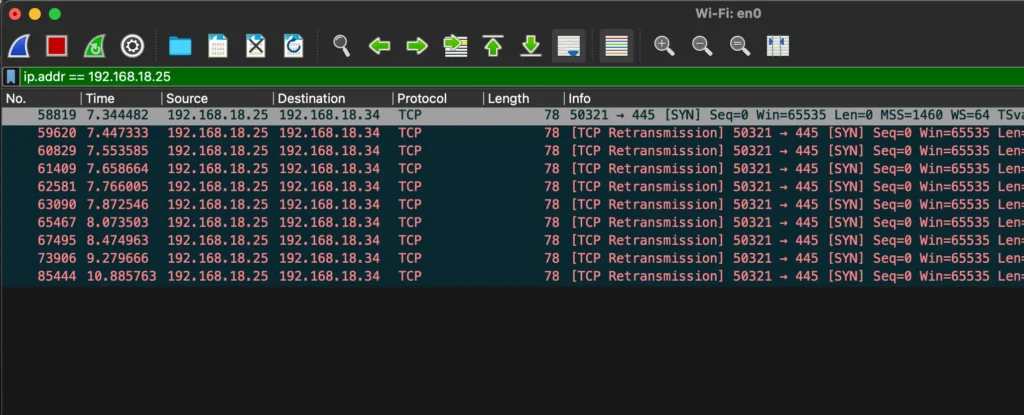Dealing with SMB file sharing problems on macOS Sonoma? You’re not alone.
Many Mac users have encountered challenges with SMB file sharing after system updates.
Whether you’re facing connectivity issues, slow transfer speeds, or permission errors, these SMB hurdles can disrupt your workflow.
In this blog, we’ll walk you through troubleshooting steps to address common SMB file sharing issues on macOS Sonoma.
How To Fix MacOS Sonoma SMB File Sharing Issues?

To fix macOS Sonoma SMB file sharing issues, you can reset file sharing settings, modify firewall settings, update macOS. Additionally, you can verify SMB version compatibility, and ensure account for SMB sharing.
1. Reset File Sharing Settings
Sometimes, updating macOS can lead to issues with existing configurations.
By resetting file sharing settings, you can ensure that any corrupt or outdated configurations are cleared, which may resolve SMB file sharing issues.

- Open System Preferences.
- Navigate to Sharing and uncheck File Sharing to turn it off.
- Reboot your Mac.
- Return to System Preferences > Sharing.
- Recheck File Sharing to turn it back on.
- Set up your file sharing settings again from scratch.
2. Modify Firewall Settings
Firewall settings on macOS can block SMB connections. Adjusting these settings may allow SMB traffic to pass through.
- Open System Preferences.
- Go to Security & Privacy and select the Firewall tab.

- Click the lock icon and enter your admin password to make changes.
- Click Firewall Options.
- Ensure that Block all incoming connections is not selected.
- Check that the application you’re using for SMB file sharing is allowed to receive incoming connections.
- Click OK to save changes.
3. Update MacOS
If the SMB issues are due to a bug in the current version of macOS, updating to the latest version can resolve the problem if Apple has provided a fix.
- Open System Preferences.
- Click on Software Update.

- If an update is available, click Update Now or Upgrade Now to install the latest version of macOS.
- Follow the on-screen instructions to complete the update process.
4. Verify SMB Version Compatibility
macOS and the SMB server need to use a compatible version of the SMB protocol. Ensuring both sides are set to use a compatible version can resolve communication issues.
- On your Mac, open the Terminal app from Applications > Utilities.
- To check the current SMB version, type
smbutil statshares -aand press Enter. - Look for the protocol version in the output and note it down.
- On the SMB server, ensure that it is set to use a compatible SMB protocol version as your Mac.
5. Enable Account For SMB Sharing
Ensuring that the user account is enabled for SMB sharing is crucial, as failing to do so can result in SMB file sharing issues.
Activating the account for file sharing allows other users to access shared files if they have the correct permissions.
- On your Mac, choose Apple menu > System Settings.

- Click General in the sidebar, then click Sharing on the right.
- Turn on File Sharing, then click the Info button (circled i) below “File Sharing.“
- Click Options, then make sure to turn on “Share files and folders using SMB”.
- For sharing files with Windows computers, select the On checkbox for each user that needs to share files with a Windows computer.
- Enter the password for that user’s account when prompted.
- Click Done to finish the setup.
6. Adjust SMB Configuration File
Tweaking the SMB configuration file on your Mac can help resolve SMB file sharing issues by enabling or disabling certain features.
- In Terminal, type
sudo nano /etc/nsmb.confto edit the SMB configuration file. If the file does not exist, this command will create it. - Add the following lines to the file to change the default SMB protocol version used: [default]
smb_neg=smb2_only - Replace
smb2_onlywithsmb1_only,smb3_only, orsmb2/smb3depending on the compatibility you want to set. - Press Ctrl + X to exit, then press Y to save changes, and press Enter.
- Reboot your Mac for the changes to take effect.
